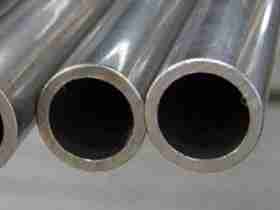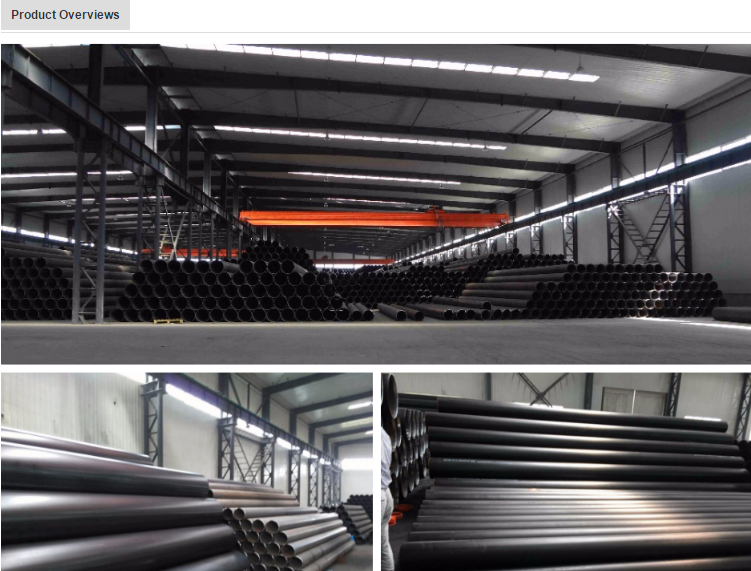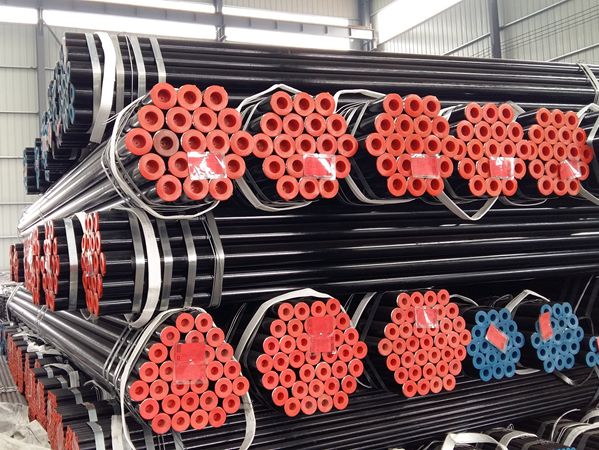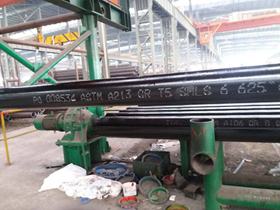Exploring the Differences Between Hot-Dip Galvanizing and Galvanized Iron
Hot-dip galvanizing and galvanized iron are two processes that are often confused for one another. While they both involve the application of a protective coating to metal, they are actually quite different.
Hot-dip galvanizing is a process in which a metal is submerged in a bath of molten zinc. This process creates a strong bond between the zinc and the metal, forming a protective layer that is highly resistant to corrosion. The zinc also acts as a sacrificial anode, meaning that it will corrode before the metal does, protecting it from further damage. Hot-dip galvanizing is often used on steel and iron, and is a popular choice for outdoor applications due to its durability.
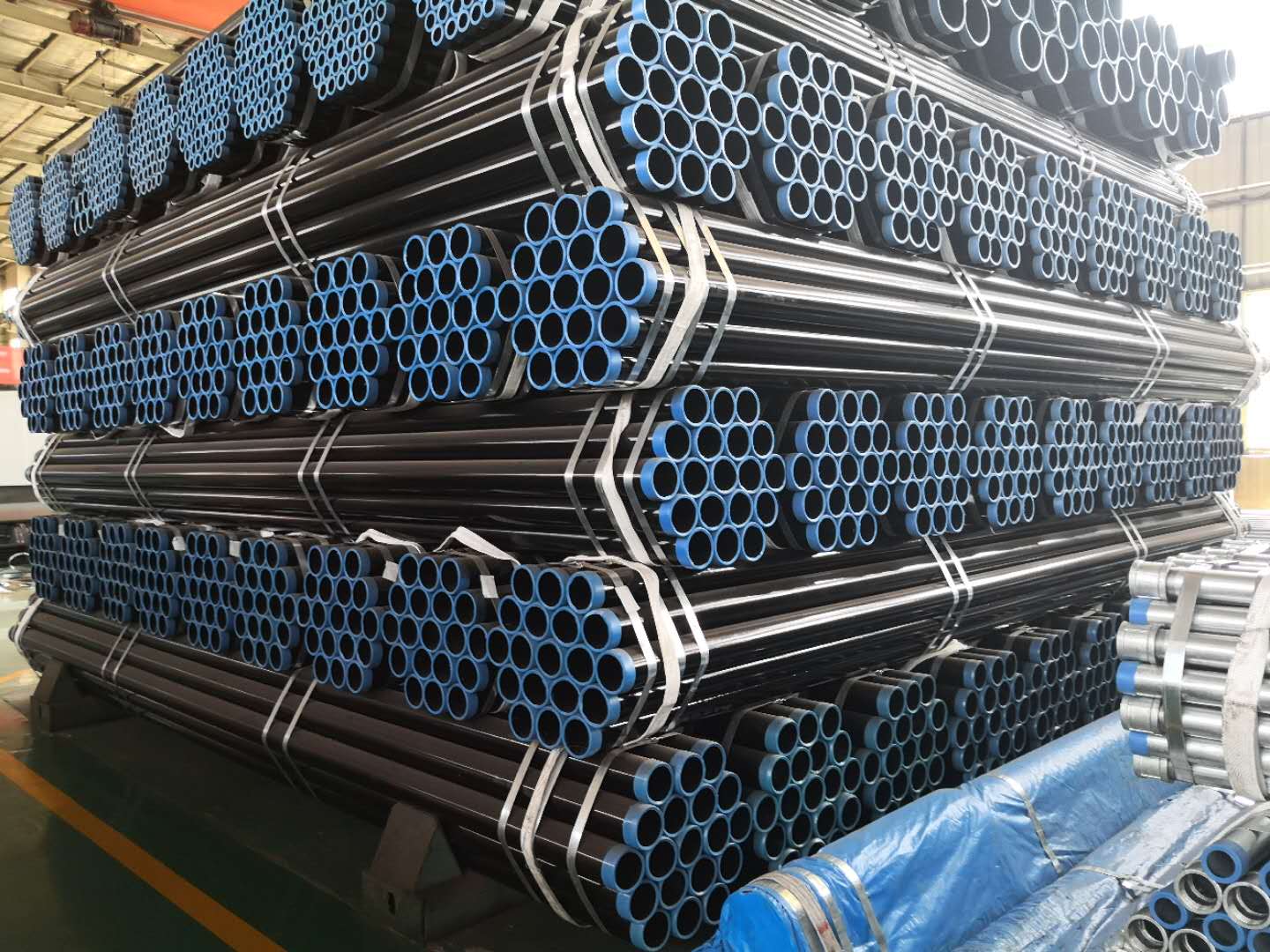
Galvanized iron, on the other hand, is a process in which a thin layer of zinc is applied to the surface of the metal. This layer is much thinner than the one created by hot-dip galvanizing, and is not as durable. Galvanized iron is often used on smaller items such as nails and screws, and is not suitable for outdoor use.
In conclusion, hot-dip galvanizing and galvanized iron are two distinct processes that are often confused for one another. Hot-dip galvanizing creates a strong bond between the zinc and the metal, forming a protective layer that is highly resistant to corrosion. Galvanized iron, on the other hand, is a process in which a thin layer of zinc is applied to the surface of the metal, and is not as durable.
The Benefits of Hot-Dip Galvanizing Over Galvanized Iron for Corrosion Protection
| Applications: | For tubular heat exchangers,condensers,and similar heat transfer apparatuses. |
| Size (mm): | O.D.: 6.0~168.0; W.T.: 1~15; L: max 12000 |

